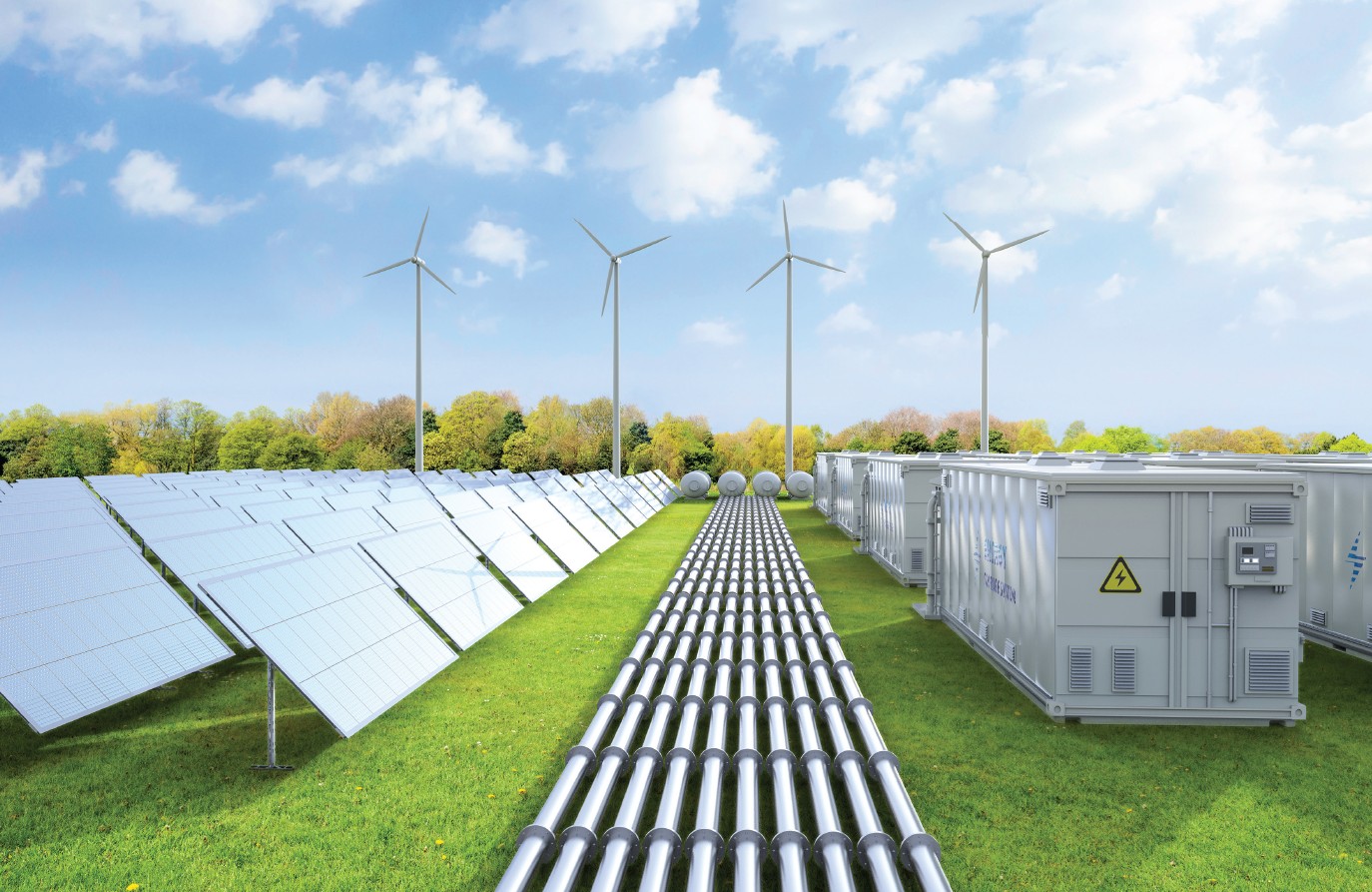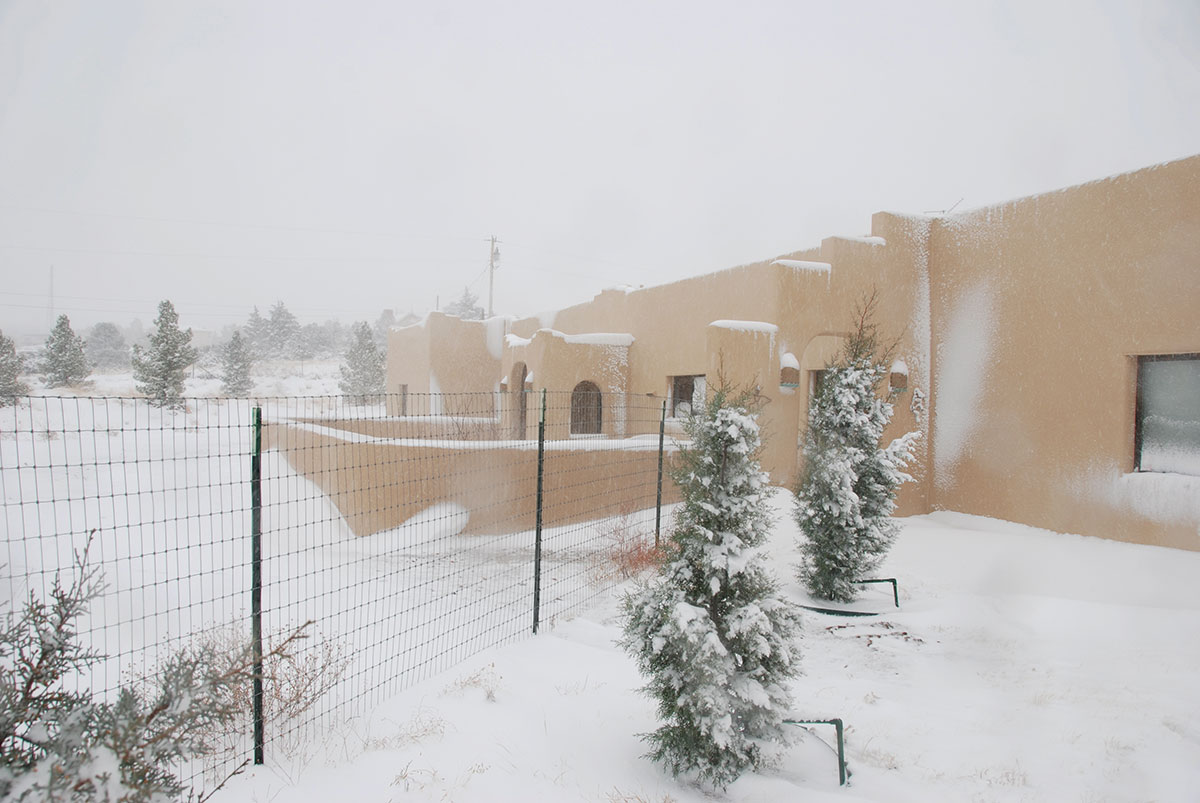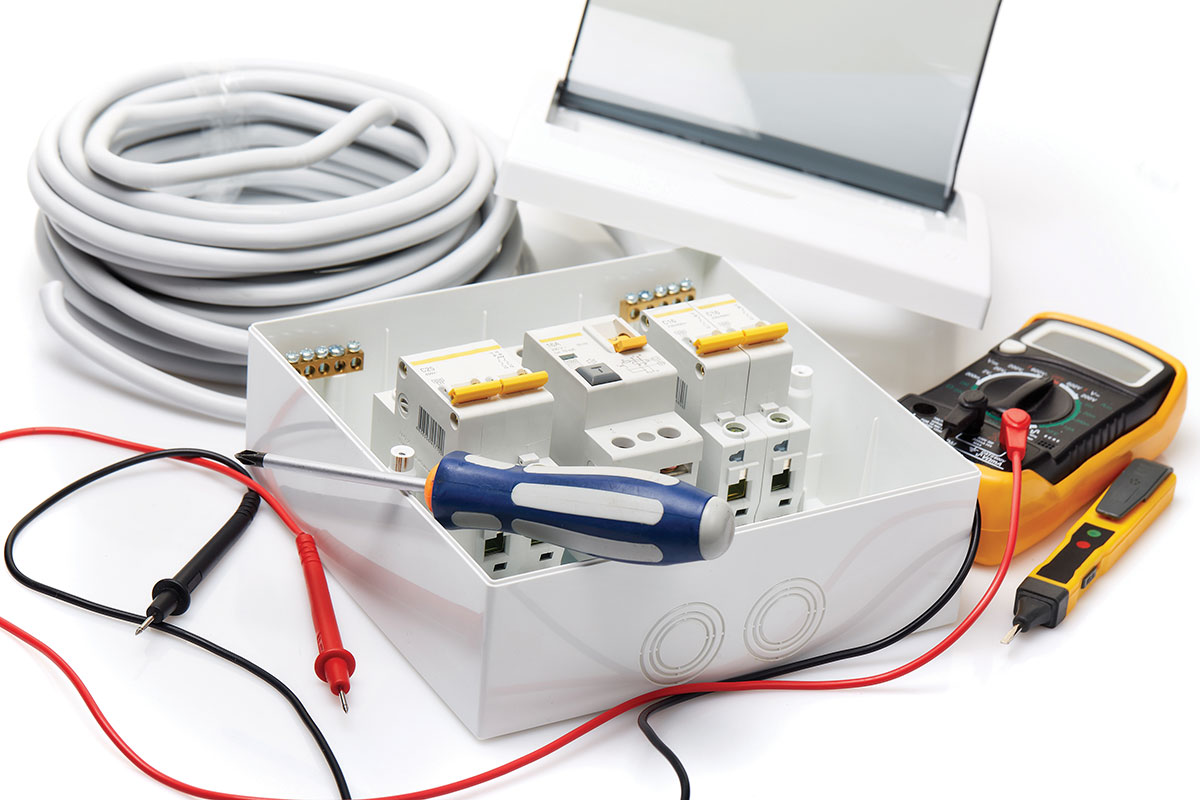As BIPV adoption grows, understanding its installation and permitting process will be essential.
Now being introduced into the 2026 NEC® in new Article 624 covering ESV.
As we implement AI, the increased demands on our strained power grid are a concern as the need for data systems and dedicated substations grow.
An explanation of why ESS currently available on the market are not permitted to be installed within habitable spaces of a dwelling.
What do you do when you encounter electrical equipment in the field that you have no idea what it is or how it should be properly installed?
Emerging technologies are being incorporated daily. What types of emerging technologies might impact an electrical inspector’s inspection?
Where the structure remains intact, and the PV system has been designed and installed to resist severe weather events, the PV system should withstand the elements.
This article will trade the history of GFCI protection requirements within the National Electrical Code as they first appeared in 1968.
Electrical utility tasks involve high hazard activities where the risk is often undefined. This DOE best practice can be used as a guide for other type of projects.
Let's cover some of the basics that the AHJ should be aware of and possibly inspect before giving a permit for energizing the system and connecting it to the utility.














